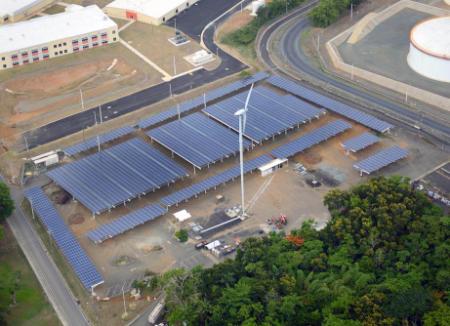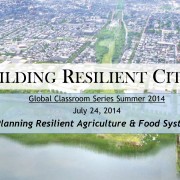Facebook Posts
Submitted by alyssablack on
Architect William Maclay Champions Net-Zero Building
Submitted by alyssablack on
Energy Savings Performance Contract for Fort Buchanan
Submitted by alyssablack on
BMW i3 Driving to Net Zero Energy
Submitted by alyssablack on
Resilient Cities 07: Planning Resilient Agriculture and Food Systems
Submitted by wrscpmd on
Agriculture And Food
Submitted by Abraham on
Resilient Cities 07: Building Resilient Agriculture and Food Systems
Submitted by Abraham on
Resilient Cities 07: Planning Resilient Agriculture and Food Systems
Associated Media

- Resilient Cities 07: Planning Resilient Agriculture and Food Systems
- Resilient Cities 07: Planning Resilient Agriculture and Food Systems
Pages
Green Car Reports
Submitted by alyssablack on








 Today, food security especially in urban cities is a critical issue. Developing countries are improving their quality of life and, consequently, by 2050 the world will require 70% more food than we produce today to supply not only a growing population but a growing middle class that will be consuming more meat and dairy according to The Earth Institute (Columbia University). Agriculture consumes approximately 70% of our water supply, 34% of land area and contributes between 17%-30% of all greenhouse gas emissions. As a result, not only is agriculture contributing to climate change but it is also suffering from the affects of it.
Today, food security especially in urban cities is a critical issue. Developing countries are improving their quality of life and, consequently, by 2050 the world will require 70% more food than we produce today to supply not only a growing population but a growing middle class that will be consuming more meat and dairy according to The Earth Institute (Columbia University). Agriculture consumes approximately 70% of our water supply, 34% of land area and contributes between 17%-30% of all greenhouse gas emissions. As a result, not only is agriculture contributing to climate change but it is also suffering from the affects of it.

